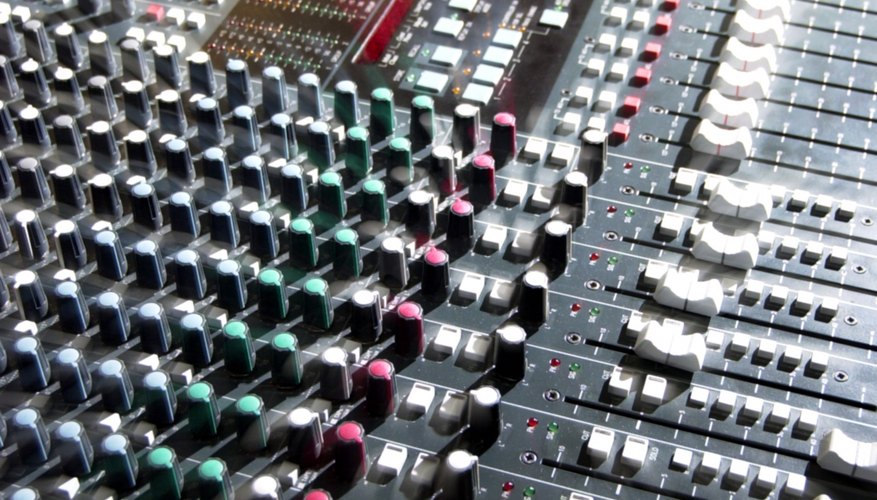Audacity is a free digital audio workstation programme for PCs. With it you can record, edit and mix your own music and the music of others. Audacity features an on-board equaliser which lets you enhance the overall mix by boosting and cutting various frequencies. The equaliser tool has a number of built-in equaliser settings, each suited to achieving a specific aural result.
AM radio
This setting cuts the lowest and highest frequencies by 20 db, emulating the sonic characteristics of an AM radio broadcast. Because the top and bottom of the sound have been reduced, this is a very mid-heavy configuration. It works best when used sparingly, for example in a break-down or quiet part of the song. It wouldn’t necessarily be suitable for use throughout a song as the prominent mids would be very harsh on the ear.
- This setting cuts the lowest and highest frequencies by 20 db, emulating the sonic characteristics of an AM radio broadcast.
Telephone
This is another setting that is more suitable as an effect, rather than a catch-all mix option. By removing all of the low end and low mids, this equaliser setting reproduces the distinctive sound of voice down a telephone line. It will only work on sounds that would easily be audible down a telephone line, such as voice.
100 Hz rumble
This setting boosts the 100 Hz frequency band, giving the sound a very prominent low end. If you’re creating a dance mix or want to make the bass or sub bass a feature of your mix, this is a handy setting to use as it automatically pushes up the bass.
Bass boost
Bass boost is a generic equalisation effect found on stereo systems. As well as increasing the low frequencies, bass boost settings often attenuate some of the higher frequencies in order to trick the ear into hearing more bass than is actually there. This setting is handy if the original recording has a weak bass.
Bass cut
Bass cut does the opposite to bass boost. If you’re finding the low end in the mix is too prominent, bass cut quickly and evenly reduces the gain of the offending frequencies, leaving more space in the mix for low mids.
Treble boost
If your mix is somewhat muddy or lacking in clarity, treble boost can quickly fix this. By evenly accentuating the top frequencies, a treble boost enables the higher frequency sounds, such as brass, guitar, hi hats and some synths to cut through the mix. A carefully-deployed treble boost can also add that mystical “sparkle” to a mix.
Treble cut
Treble cut is there for when you’re mix is too toppy. If your high end sounds are too loud, creating a tinny, piercing affect on the ear, treble cut will mellow them out. This renders the mix much more mellow and smooth.
